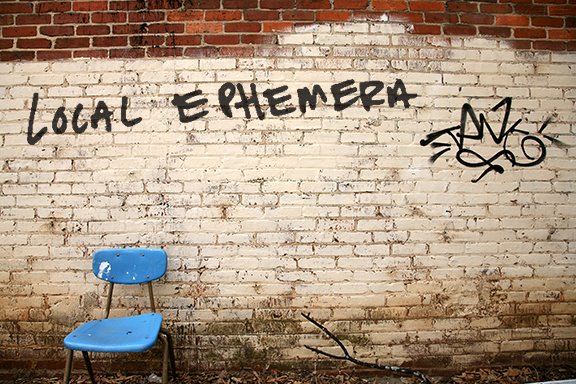I had an MRI done once and it was a really strange experience to stand in a doctors office and view a series of x-rays slicing through my body from various angles and showing the shapes of cavities within my skeleton. Strange but also fascinating. It was a different way of seeing myself, made possible by advancements in technology. In the 19th century, the camera wasn't so different. It was an instrument of new technology that suddenly enabled the earliest pioneers of photography to observe, capture, and display a different way of viewing the world around us.
The Brooklyn artists (and couple) Lilla LoCurto and Bill Outcault have taken it a step further. They wanted to represent the body three dimensionally and gained permission to use a full body scanner, installed on an Army base, in 1997. It took years of experimentation to yield results, but what they have created from scanning themselves, are incredible works of art.
From the selfportrait.map series:

Polyconic BS1sph (8/6) 7_98 (2000)

B.S.A.M. BL2sph (8/6) 7_98 (2000)
Gleamed from their website, the LoCurto and Outcault write: "Representing three-dimensional objects on two-dimension surfaces has been a concern for artists through the centuries and the concept of simultaneity, where all views of an object are experienced at once was a major theme of the Cubists and Futurists. We conceived selfportrait.map to explore this in a contemporary way using new digital imaging tools."
"As artists accustomed to working with physical materials like clay, stone or steel we considered the manipulation of three-dimensional forms in virtual space, like map projections, as a non-traditional extension of the sculptural process."
From the Topologies series:

Topo_m10_m11 (2005)

BS5 (2005)
"We continue to explore this omni directional quality of the three-dimensional photographic images, using the unlimited number of viewpoints derived from a single scan to place the viewer outside the frame of traditional lens-based perspectival vision. "
From the Thinskinned series:

Thinskinned [eb_2] (2004)

Thinskinned [L6_1] (2004)
LoCutro and Outcault reference the Cubist and Futurist in talking about their mission, but they also remind me of the Bauhaus, who saw the power of the camera as a tool to see beyond the ability of the human eye, championing scientific photography and the beauty in the microscopic.
Using such advanced technology as a new form of "seeing", I think the real artistry lies in what the artist do with the information taken from the scanner. The images offer much more than a simple body scan and have taken what could have been considered documentation and manipulated it into something more poetic and more telling of the human condition.
More images and info on their website:
http://members.verizon.net/~vze3s5q6/index.html







No comments:
Post a Comment